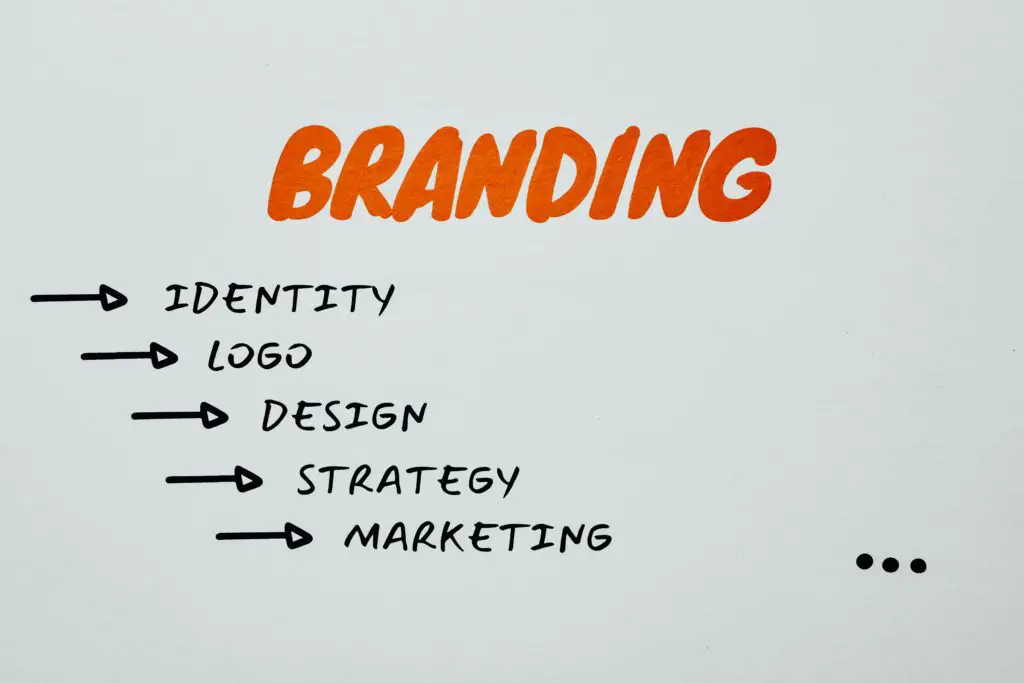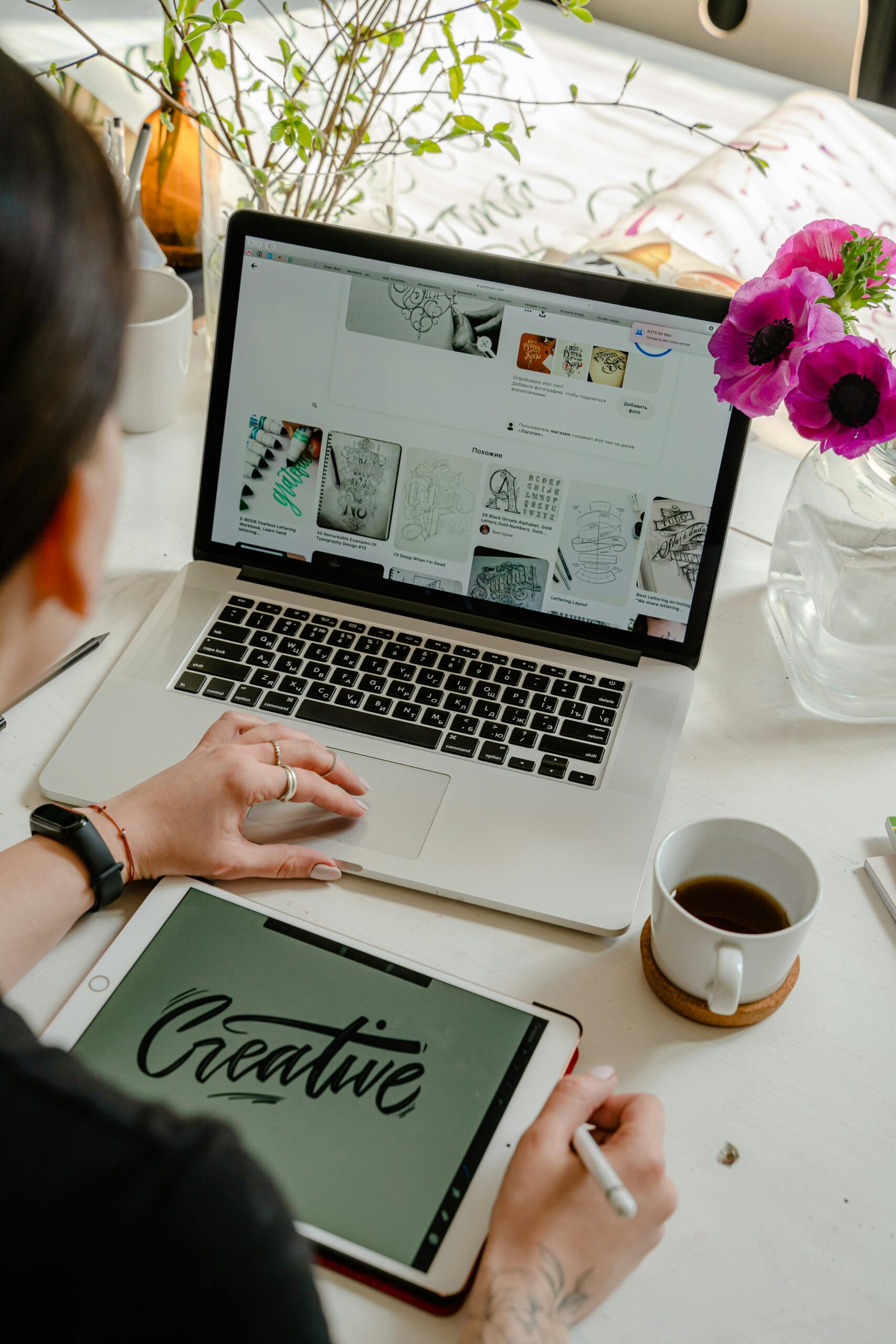
Introduction
A logo is much more than just a graphic symbol; it’s the cornerstone of your brand’s identity. It serves as the face of your business, encapsulating your values, vision, and mission in a simple visual. A great logo should be memorable, scalable, versatile, and timeless. Whether you’re designing a logo for your own business or creating one for a client, knowing the steps involved can help you produce a high-quality design that stands out.
In this guide, we will walk through the process of designing a logo from start to finish. You’ll learn about the key principles of logo design, the tools needed, and a step-by-step approach to creating a logo that resonates with your target audience.
Step 1: Understand the Brand
Before you begin sketching or even thinking about colors and shapes, it’s important to understand the brand for which you are designing the logo. A great logo reflects the essence of a brand. To do this, you need to:
1.1. Research the Brand’s Mission and Values
The first step is understanding what the brand stands for. What are its core values? What is the company’s mission? A logo should symbolize these values clearly and concisely. Ask questions like:

- What problem does the brand solve?
- Who is the target audience?
- What makes the brand unique?
- What emotions should the brand evoke?
1.2. Analyze Competitors
Look at logos from other companies in the same industry. This helps you understand the visual language of the market and can inspire you to create a logo that stands out. Take note of colors, shapes, and symbols that are commonly used, and think about how you can differentiate the brand with a unique logo design.
1.3. Identify the Brand Personality
Consider the brand’s personality. Is it professional and serious, or fun and playful? Is it modern or traditional? A good logo should reflect the brand’s personality and communicate its message effectively. Use this understanding to guide your design choices.
Step 2: Choose the Right Type of Logo
Logos come in various types, and selecting the right style is crucial to creating an effective design. The most common types of logos include:
2.1. Wordmark (Logotype)
A wordmark is a logo made entirely of text, using the name of the brand in a stylized font. Popular examples include Google, Coca-Cola, and FedEx. Wordmarks work best for brands with unique names and are often easy to recognize.
2.2. Lettermark (Monogram)
A lettermark is a logo made up of initials or an acronym. Think of brands like HP (Hewlett-Packard) or IBM. Lettermarks are ideal for companies with long names or those looking for a more minimalistic design.
2.3. Icon or Symbol-Based Logo
This type of logo relies on a simple icon or symbol to represent the brand. Apple’s apple logo and Nike’s swoosh are examples of symbol-based logos. These logos can be powerful but may require additional marketing and messaging to ensure the symbol is easily recognizable.
2.4. Combination Mark
A combination mark combines both text and an icon or symbol. This gives you flexibility as you can use the text and symbol together or separately depending on the context. Examples of combination marks include Burger King and Adidas.
2.5. Emblem
An emblem consists of a logo encased within a shape, such as a badge or a crest. Emblems are often more traditional in appearance and are popular among schools, organizations, and sports teams (think Starbucks or Harley-Davidson).
Choosing the right type of logo will depend on the brand’s personality, target audience, and where the logo will be used most frequently (e.g., websites, print materials, merchandise).
Step 3: Sketching and Conceptualization
Once you have a solid understanding of the brand and the type of logo you want to create, it’s time to begin the sketching process. At this stage, you should explore different ideas and concepts that could represent the brand visually.
3.1. Start with Rough Sketches
Grab a pencil and paper, and start sketching. Don’t worry about making perfect designs at this stage; the goal is to explore ideas. Sketch multiple versions and variations to see what works best. Focus on creating different compositions, trying various typefaces, and experimenting with symbols that represent the brand.
3.2. Keep It Simple
Remember, simplicity is key when it comes to logo design. A logo should be easy to understand at a glance, scalable, and memorable. Avoid overly complex details or decorations that might not scale well when resized.
3.3. Create a Moodboard
Gather visual inspiration for your logo design by creating a moodboard. This can include color schemes, typography styles, and existing logos that align with the brand’s personality. A moodboard helps keep you on track and ensures your designs align with the desired aesthetic.
Step 4: Refine Your Design
Now that you’ve explored some sketches, it’s time to refine your design. You’ll take your best ideas and begin to polish them.
4.1. Choose the Right Typography
Typography is one of the most important elements of a logo. The font you choose should align with the brand’s personality and be legible in various sizes. Consider factors like:
- Serif vs. sans-serif: Serif fonts are traditional, while sans-serif fonts are more modern.
- Font weight and spacing: Make sure the font is readable at small sizes and is well-spaced.
If the brand is more playful, a rounded, quirky typeface might be fitting. If it’s a luxury brand, you might want to consider more elegant fonts.
4.2. Work on Colors
Color plays a significant role in conveying a brand’s message. Different colors evoke different emotions and associations. For instance:
- Red: Passion, excitement, energy.
- Blue: Trust, professionalism, calmness.
- Green: Growth, health, eco-friendliness.
- Yellow: Optimism, creativity, warmth.
Choose a color palette that fits the brand’s values and personality. Typically, a logo will have one to three colors, but they should work well together.
4.3. Simplify and Refine the Shape
Now that you have a rough concept, focus on simplifying the shapes and eliminating unnecessary elements. Ensure the design is balanced, with each element carefully placed to create harmony. Whether you’re using geometric shapes, organic forms, or abstract symbols, keep the design clean and legible.
Step 5: Digitize Your Logo
Once your design is refined, it’s time to bring it into digital format. For this, you’ll need a vector-based design tool, as vector files can be resized without losing quality. Popular tools include:
- Adobe Illustrator: The industry standard for logo design, offering a wide range of design tools and features.
- CorelDRAW: A powerful alternative to Illustrator, particularly useful for beginners.
- Inkscape: A free, open-source vector design tool that offers many features similar to Illustrator.
Digitize your sketches by tracing them in Illustrator or drawing them directly within the program. Pay close attention to the details, ensuring the lines are clean and sharp.
Step 6: Test and Refine
Once you’ve digitized your logo, it’s time to test it in various contexts. A good logo should work in a variety of sizes and applications.
6.1. Scale It
Test your logo at various sizes to ensure it’s clear and legible. A logo should be recognizable whether it’s displayed on a website, a business card, or a billboard. Resize the logo to see how it looks in both large and small formats.
6.2. Test It in Black and White
A good logo should work in both color and black and white. Test your logo by converting it to grayscale to ensure it still communicates effectively without the influence of color.
6.3. Get Feedback
Feedback from others is crucial to the design process. Ask for input from colleagues, friends, or even potential customers. Pay attention to their reactions to the logo, as their perceptions can provide valuable insight into how the logo resonates with the intended audience.
Step 7: Finalize and Deliver
Once you’ve refined the design and received feedback, it’s time to finalize the logo. Ensure you deliver the logo in multiple formats, including:
- Vector files (.ai, .eps, .svg)
- Raster files (.png, .jpg, .gif) in different resolutions
- Black and white versions and full-color versions
- Transparent background versions for versatility
Also, provide a style guide that outlines the correct usage of the logo, including color codes, font choices, and clear space guidelines. This will help maintain brand consistency across all marketing materials.
Conclusion
Creating a high-quality logo involves more than just choosing a pretty font and color. It’s about understanding the brand, exploring creative ideas, and refining your design to ensure it communicates effectively and stands the test of time. By following the steps outlined in this guide, you can design a logo that reflects the brand’s identity, resonates with the target audience, and creates a lasting impression.
Whether you’re a beginner or an experienced designer, taking the time to understand each step and the principles behind logo design will help you create logos that are both beautiful and meaningful.

Leave a Reply